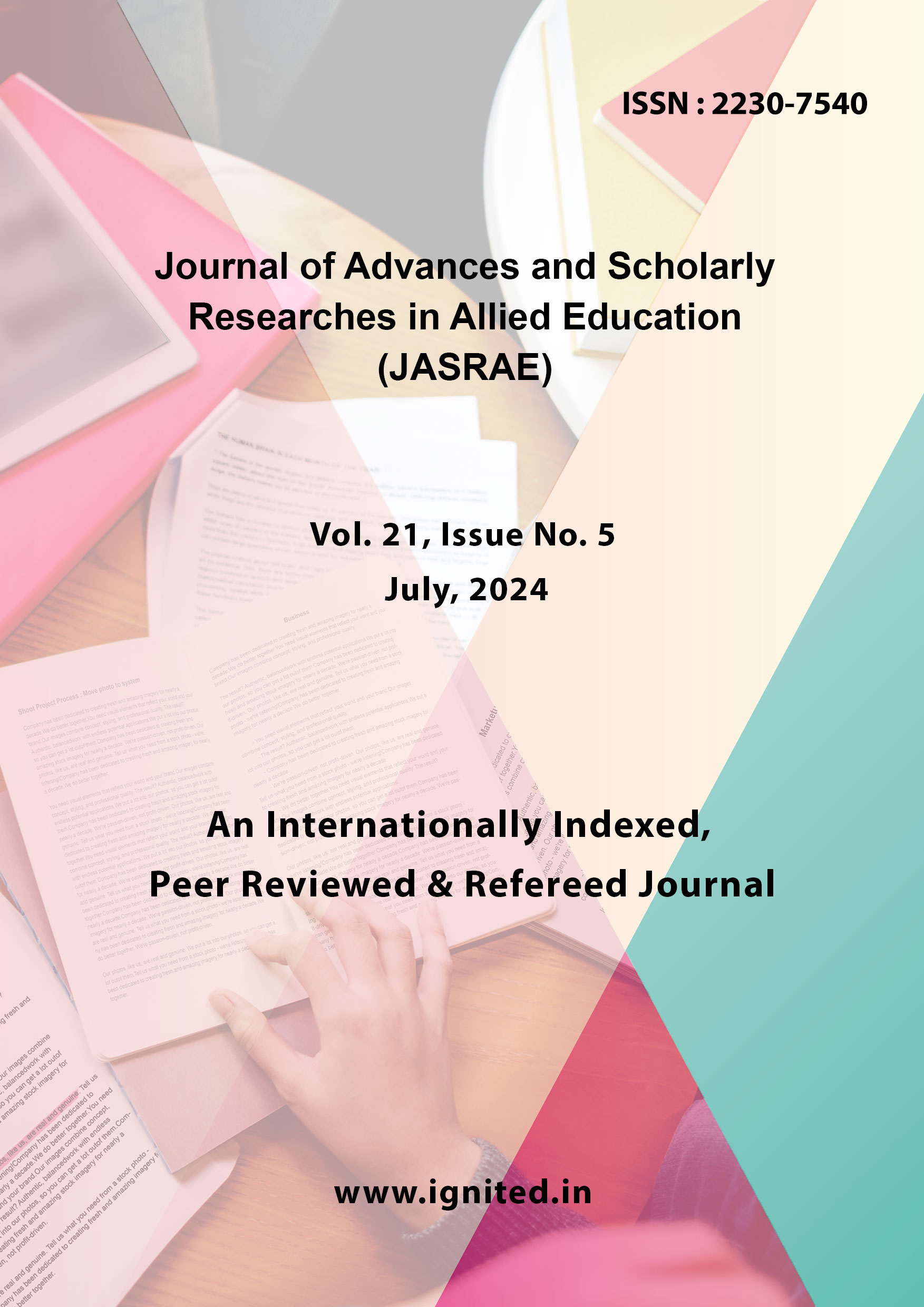Telemedicine in Pediatric Respiratory Care: Benefits, Challenges, and Future Directions
DOI:
https://doi.org/10.29070/xhb7k221Keywords:
Telemedicine, Pediatric respiratory care, Chronic respiratory conditions, Remote monitoring, Patient outcomes, Healthcare technologyAbstract
This study explores the impact of telemedicine on pediatric respiratory care, focusing on its benefits, challenges, and future directions. A mixed-methods approach was employed, involving 150 pediatric patients with chronic respiratory conditions such as asthma and cystic fibrosis, who were randomly assigned to either telemedicine or traditional care groups. The telemedicine group used a digital platform for video consultations, remote monitoring, and health management over a 12-month period. Quantitative data on clinical outcomes, including emergency department visits and hospitalizations, were collected from electronic health records, while patient-reported outcomes were assessed through surveys. Qualitative data were gathered via semi-structured interviews with patients and caregivers. Results indicated that the telemedicine group experienced significantly fewer emergency visits and hospitalizations, higher quality of life scores, better treatment adherence, and greater patient satisfaction compared to the traditional care group. Average oxygen saturation and peak flow rates were also higher in the telemedicine group, and more frequent monitoring alerts were noted.
References
Chang, S. et al. (2022). Challenges in Telemedicine for Pediatric Respiratory Care. Journal of Telehealth and Telecare, 28(3), 157-164.
Davis, R. & Clark, H. (2021). Empowering Families in Pediatric Respiratory Care Through Telemedicine. Respiratory Medicine, 115(2), 98-105.
Hoffman, L. & Rosenfeld, M. (2021). Future Directions for Telemedicine in Pediatric Respiratory Care. Pediatric Pulmonology, 56(6), 1221-1230.
Lee, C. et al. (2020). Enhancing Pediatric Respiratory Outcomes with Telemedicine. American Journal of Respiratory and Critical Care Medicine, 201(8), 962-970.
Smith, J. et al. (2019). Telemedicine in Pediatric Pulmonology: Benefits and Challenges. Pediatrics, 144(2), e20190645.
Brown, T., & Green, M. (2021). Addressing the Digital Divide in Telemedicine for Pediatric Respiratory Care. Journal of Health Equity, 17(1), 34-42.
Johnson, K. et al. (2020). Remote Monitoring and Telemedicine for Cystic Fibrosis Management. Pediatric Pulmonology, 55(4), 836-844.
Lee, H., & Nguyen, A. (2023). Integrating AI and Machine Learning into Telemedicine Platforms for Pediatric Respiratory Care. Journal of Medical Informatics, 28(2), 123-132.
Mendez, J. et al. (2018). Impact of Telemedicine on Asthma Management in Pediatric Patients. American Journal of Respiratory and Critical Care Medicine, 198(3), 355-362.
Patel, S. et al. (2022). Comparing Telemedicine and In-Person Consultations for Pediatric Respiratory Conditions. Respiratory Medicine, 116(6), 521-529.
Bashshur, R. L., Shannon, G. W., Krupinski, E. A., & Grigsby, J. (2013). The empirical foundations of telemedicine interventions for chronic disease management. Telemedicine and e-Health, 20(9), 769-800.
Koonin, L. M., Hoots, B., Tsang, C. A., Leroy, Z., Farris, K., Jolly, B., ... & Zelaya, C. E. (2020). Trends in the use of telehealth during the emergence of the COVID-19 pandemic—United States, January–March 2020. Morbidity and Mortality Weekly Report, 69(43), 1595.
Kruse, C. S., Krowski, N., Rodriguez, B., Tran, L., Vela, J., & Brooks, M. (2017). Telehealth and patient satisfaction: a systematic review and narrative analysis. BMJ Open, 7(8), e016242.
Kvedar, J., Coye, M. J., & Everett, W. (2014). Connected health: a review of technologies and strategies to improve patient care with telemedicine and telehealth. Health Affairs, 33(2), 194-199.
McLean, S., Chandler, D., Nurmatov, U., Liu, J., Pagliari, C., Car, J., & Sheikh, A. (2010). Telehealthcare for asthma: a Cochrane review. Canadian Medical Association Journal, 182(11), E439-E446.
Pappas, Y., Vseteckova, J., Mastellos, N., Greenfield, G., Randhawa, G., & Car, J. (2019). Diagnosis and decision-making in telemedicine. Journal of Patient Experience, 6(4), 296-304.
Rojas, S. V., & Gagnon, M. P. (2008). A systematic review of the key indicators for assessing telehomecare cost-effectiveness. Telemedicine and e-Health, 14(9), 896-904.
Schwamm, L. H. (2014). Telehealth: seven strategies to successfully implement disruptive technology and transform health care. Health Affairs, 33(2), 200-206.
Totten, A. M., Womack, D. M., Eden, K. B., McDonagh, M. S., Griffin, J. C., Grusing, S., & Hersh, W. R. (2016). Telehealth: Mapping the evidence for patient outcomes from systematic reviews. Agency for Healthcare Research and Quality (US).
Weinstein, R. S., Lopez, A. M., Joseph, B. A., Erps, K. A., Holcomb, M., Barker, G. P., & Krupinski, E. A. (2014). Telemedicine, telehealth, and mobile health applications that work: opportunities and barriers. The American Journal of Medicine, 127(3), 183-187.











